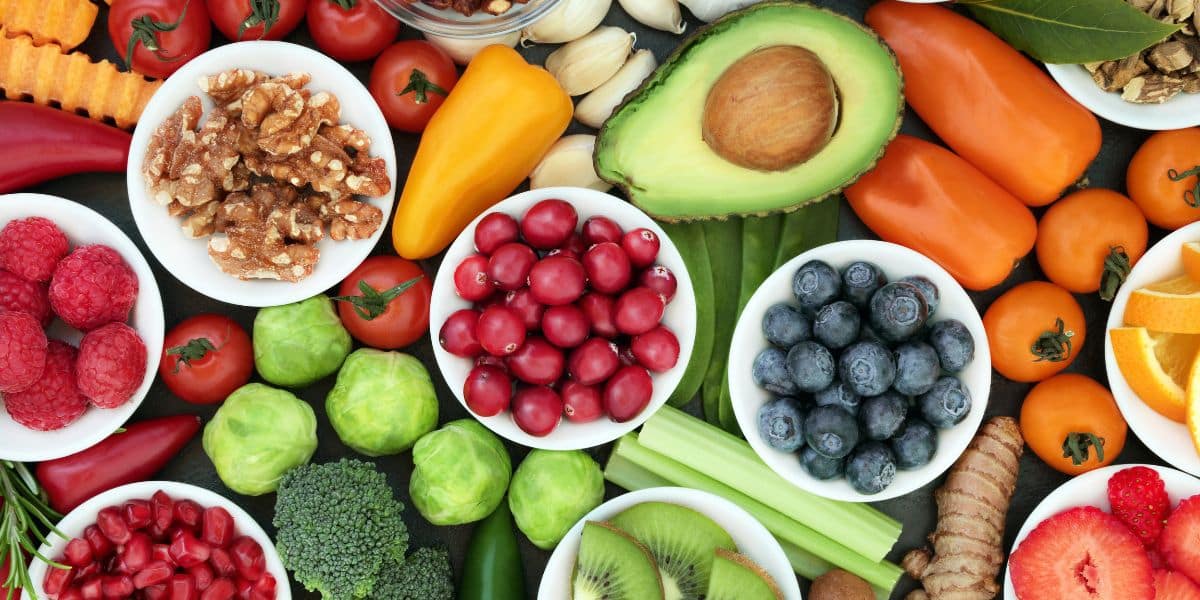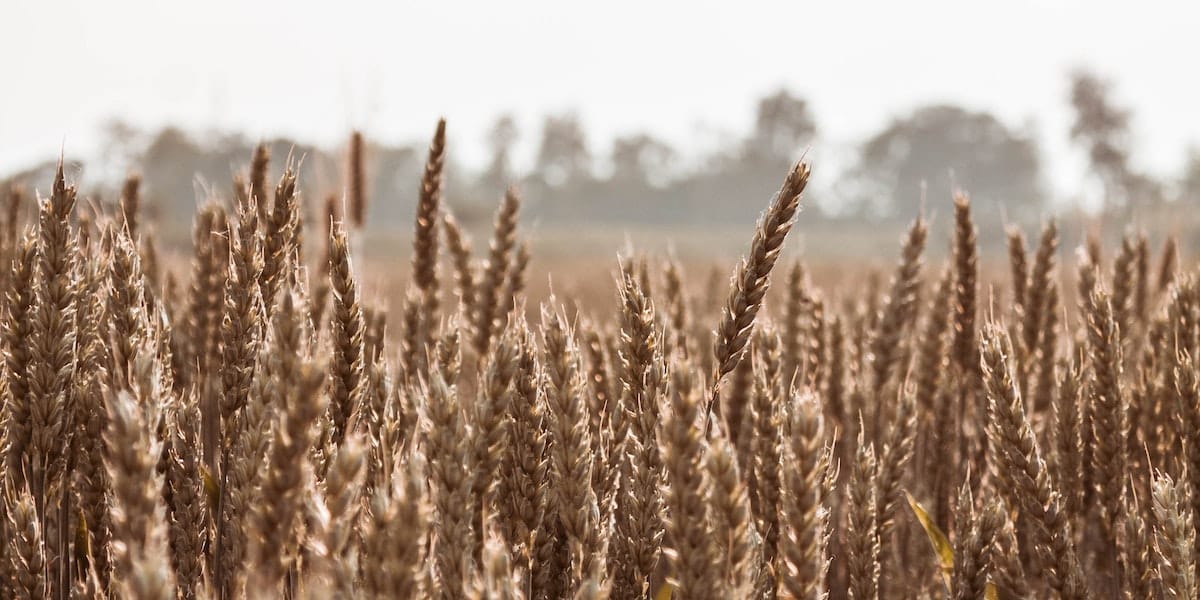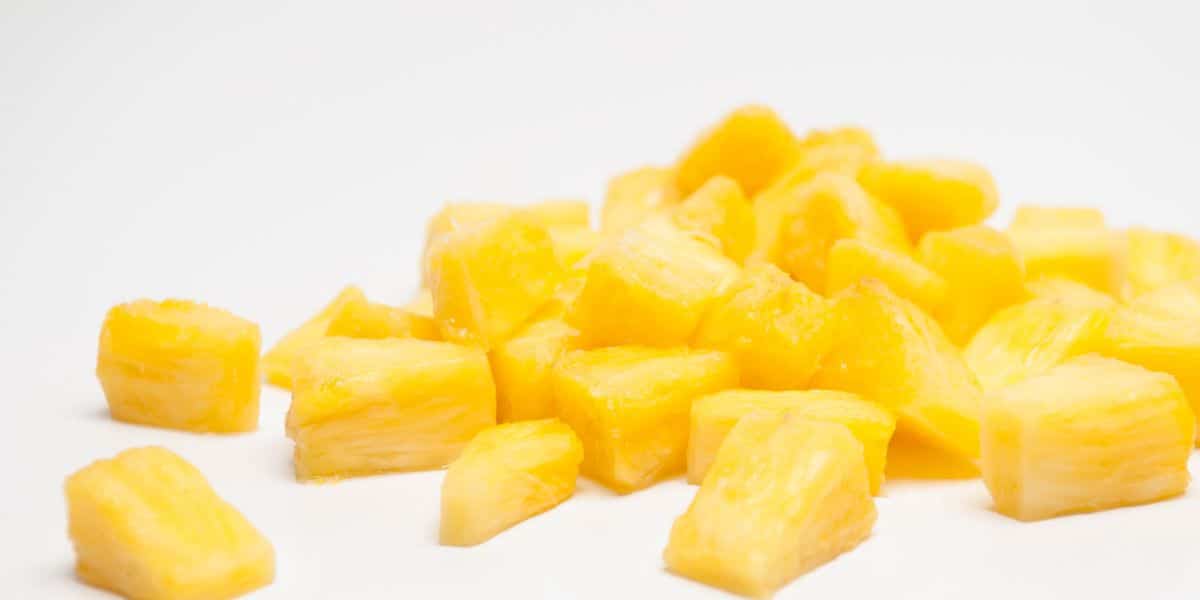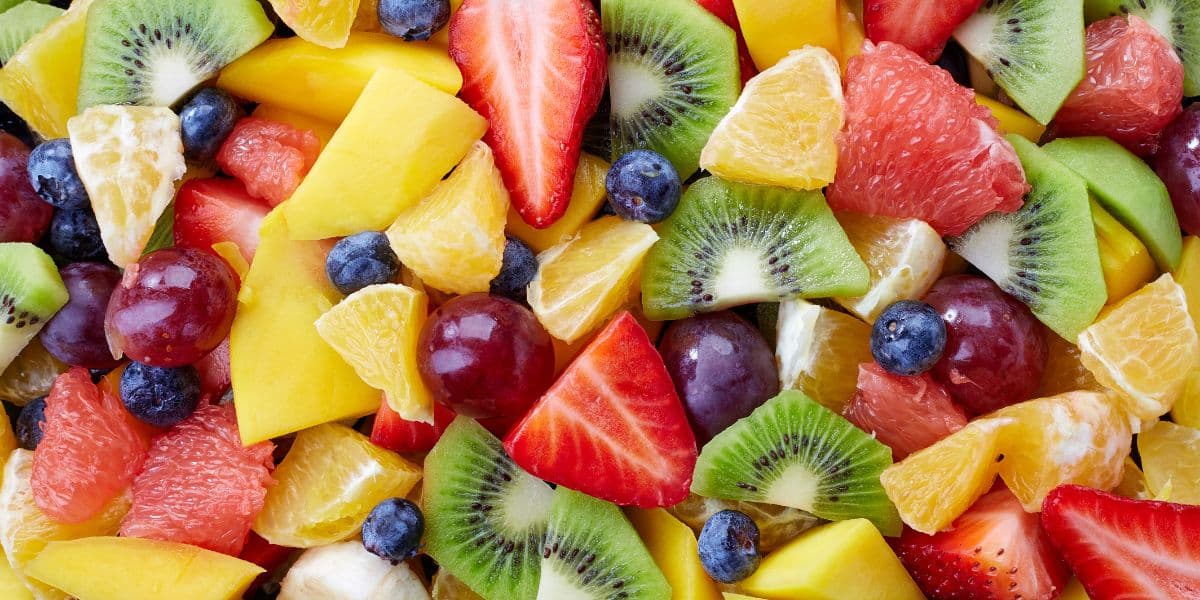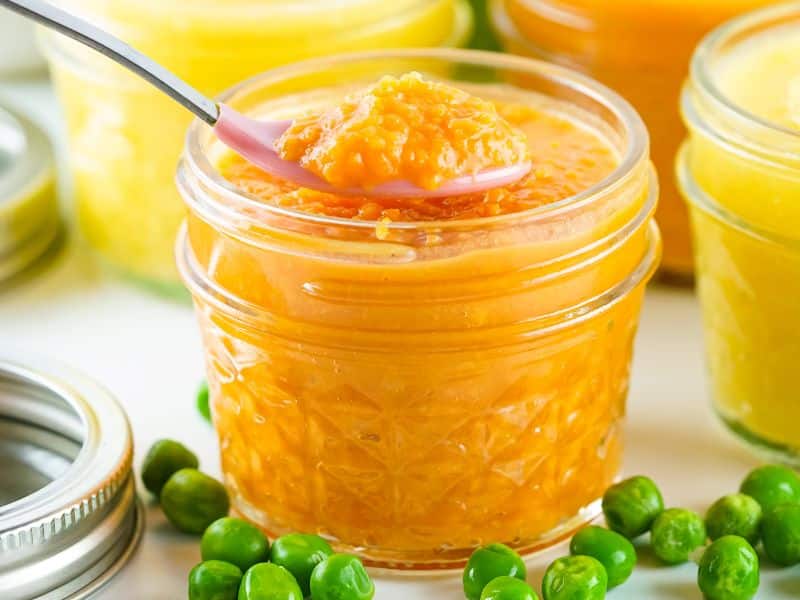Congratulations! You have made it to the weaning milestone! You may be now wondering, what should be the first foods I introduce to my baby?
It’s important to introduce vegetables before you introduce fruits to your baby as they will need to get used to the taste of food items that are not sweet. The starter foods you pick will set course for the coming weeks so it’s important you choose carefully!
Baby led weaning starter Starter foods are the same whether you choose to wean your baby using the conventional spoon led feeding method with purées or if you decide to go down the baby led weaning route. These starter foods include: carrots, sweet potatoes, butternut squash, oats, broccoli, avocado, parsnip and swede.
In this article we will discuss the different types of foods that can be introduced if you choose the baby led weaning method.
As an Amazon Associate, I earn from qualifying purchases. The links below may be affiliate links. Please read my disclosure policy for more information.
Around Six Months
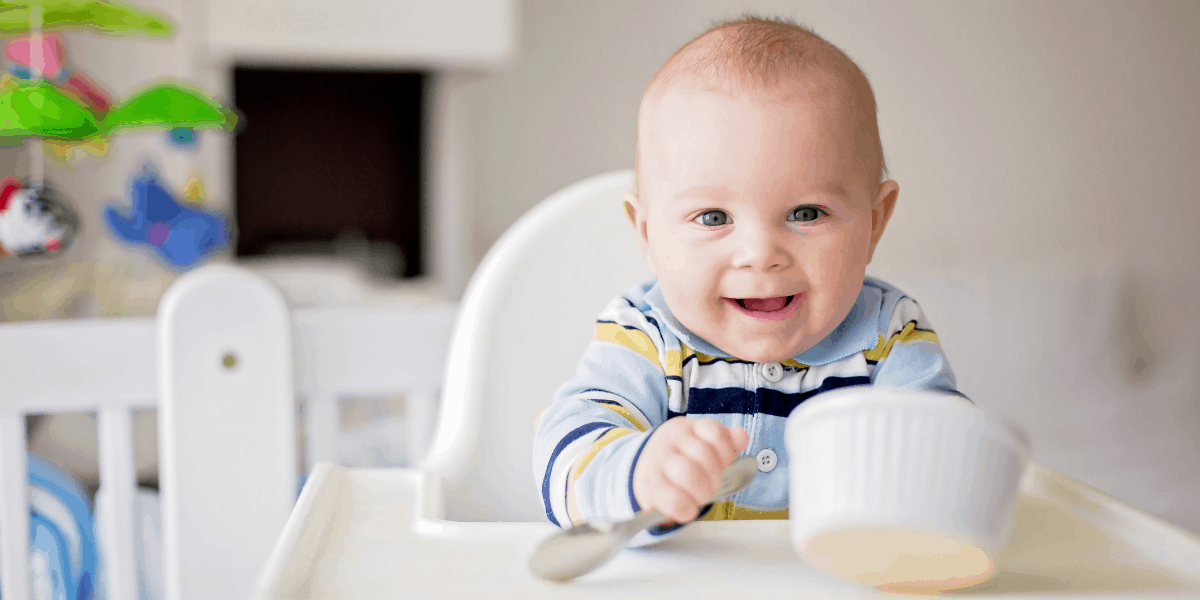
Health professionals advise against weaning babies before they reach the six month milestone. Up until your baby is six months old, you should only give them breast milk or formula.
Breastmilk is the only thing your baby needs to thrive in the first six months of their life. Where it is difficult to breastfeed your baby, then formula should be given exclusively for the first six months.
Health professionals also warn of possible dangers to infants if they are weaned before six months. Their digestive systems is not yet mature enough to process solid food.
It is also important to note that once solid foods have been introduced into your baby’s diet and weaning has officially begun – you must be mindful of sustaining your baby’s milk intake. Milk is still their main source of nutrition and food until they are on three meals a day and two snacks.
If you are unsure whether your baby is ready to be weaned then look out for the following signs:
- They are able to sit in a sitting position holding their head steady without support.
- They are able to swallow food instead of spit it straight out
- Their hand eye mouth co-ordination is good and they are able to pick up finger foods bring it up to their mouth using their fingers.
Is Baby Led Weaning The Right Choice For You?
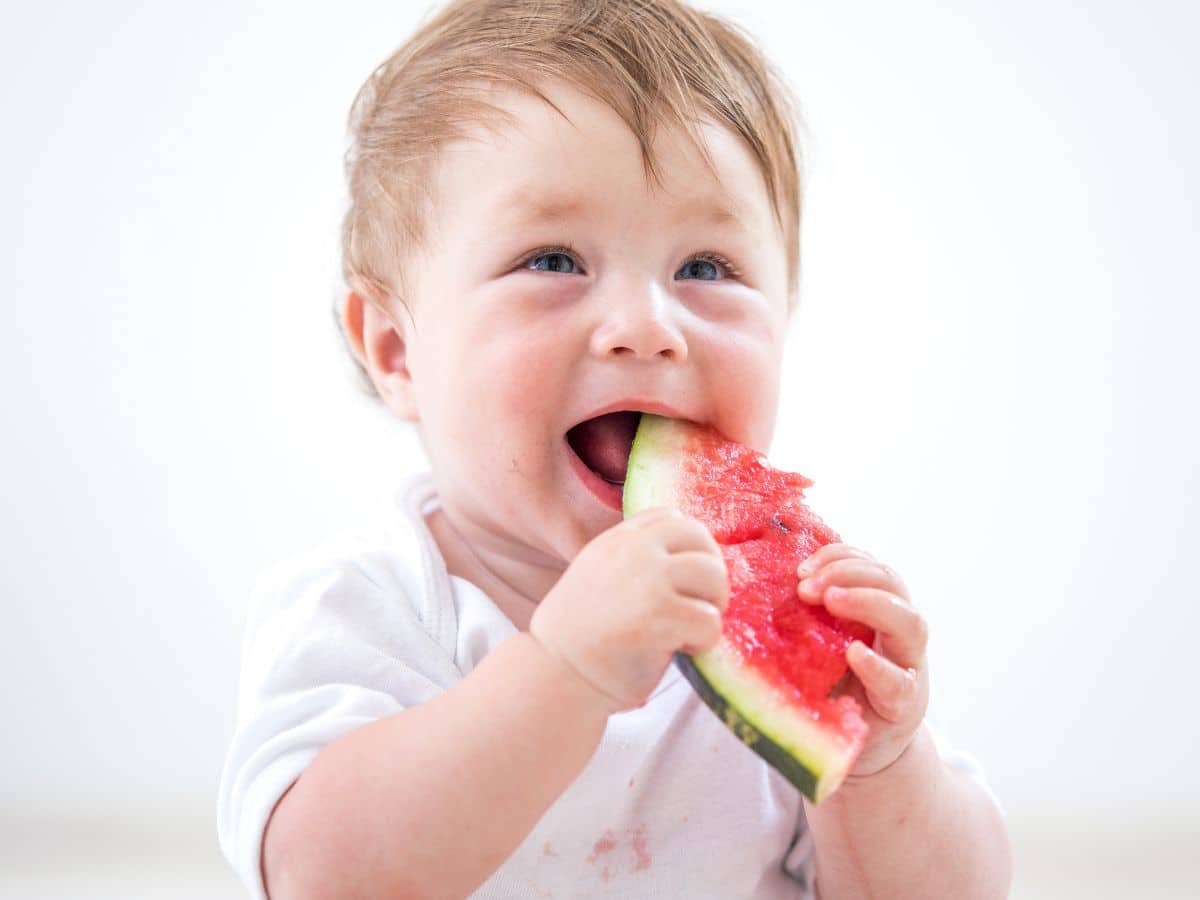
Unlike spoon feeding, where mothers prepare their baby’s weaning food by making a purée, baby led weaning (BLW) is the notion that the baby leads with how much they want to eat using their own hands. Those who support BLW state that it prevents overfeeding and obesity since the infant is choosing how much they want to eat.
Parents cut starter foods in a manner which allows their baby to pick it up using their hands, independently without assistance. The food is then taken to their mouth and chewed on.
Supporters of BLW argue that this method teaches infants how to eat independently from a younger age and develops positive life long eating habits. BLW is also a popular method for weaning as it means less preparation for mothers, as it eliminates the need to blend purées.
Since your infant will be eating independently using their own hands, it will also turn into a sensory play experience for them. Which means be warned momma – it will get messy!
Most babies like to play with their food to get comfortable with it before putting it in their mouth. Which means there will be some wastage and also less food reaching your baby’s tummy initially whilst they still learn how to eat.
One of the reasons why the conventional method of spoon feeding is still popular is because there is less mess involved and since mothers usually keep feeding their babies until the purée is finished, they are assured that their baby is full and fed.
With BLW, you follow your baby’s lead. If they just take a nibble or have a taste you can not force or push them to eat more. Your baby will decide and choose how much they wish to consume.
Starter Foods: What Are They?
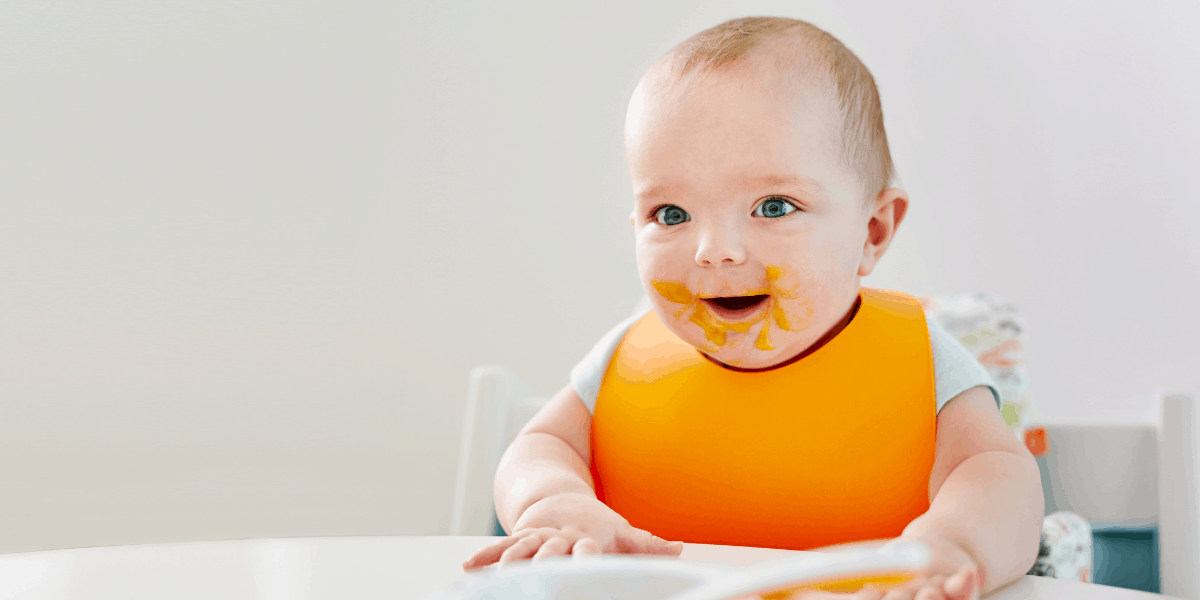
You should choose a variety of vegetables that are not too sweet and those that are sweeter than others. Introduce fruits once you baby has taken to vegetables and is comfortable taking them up to their mouth.
This is so that your baby doesn’t develop a preference to sweet fruits before becoming accustomed to a range of tastes and flavors which vegetables are able to offer. This will also prevent them becoming fussy eaters as they grow up.
Here is a list of vegetables you can offer as start foods:
- carrots
- broccoli
- parsnips
- butternut squash
- swede
- green beans
- spinach
- broccoli
- peppers
- cauliflower
- asparagus
- avocado
- cabbage
- kale
- courgette
Once you have introduced vegetables, here are fruits that make great starter foods:
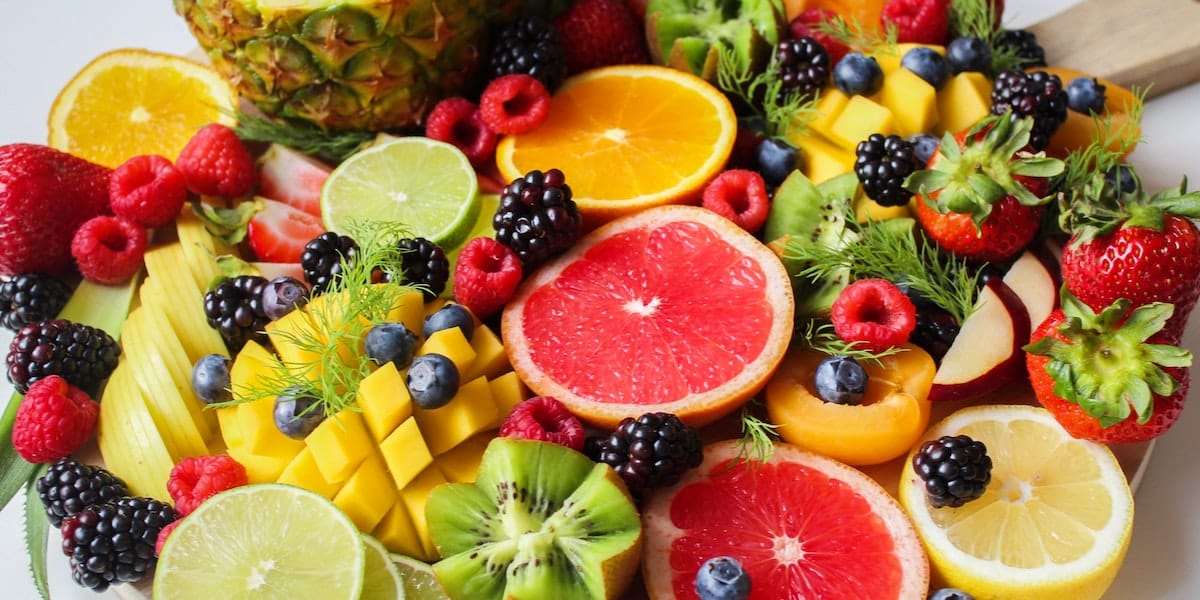
Other foods to consider:
- potato
- sweet potato
- sticky rice
- pasta
- porridge
- toast / bread
- chicken
- turkey
- beef
- omelette
- cheese
Remember, you can not offer raw fruits or vegetables to your infant due to it being a choking hazard. It is unlikely your baby will have teeth at this early stage, so they will be using their gums to chew and swallow.
Cut the foods into thick long pieces like finger foods that is easy for them to pick up from their plate. Next roast or steam them so they become soft and easy for your baby to chew on.
It is also a good idea to offer iron rich foods as start foods to your baby, since the iron stored in their body at birth begins to decrease once they turn six months.
Allergic Reactions
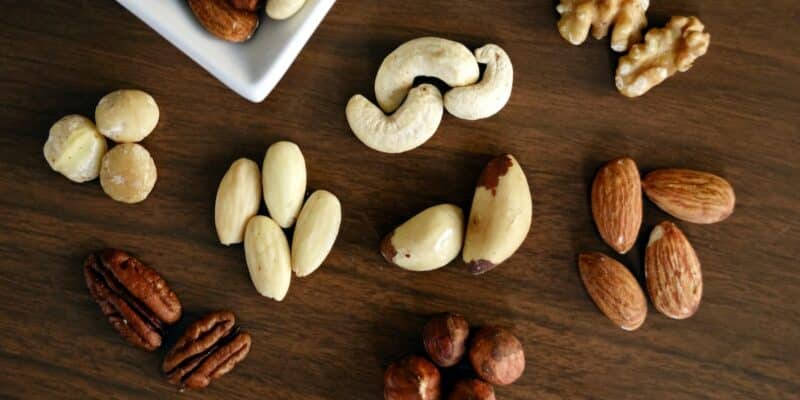
Medical professionals warn parents that when solids are first introduced into your infant’s diet, you should only stick to a single vegetable for the first couple of days. This is because certain foods can trigger allergic reactions in your baby and if you are offering a variety of different foods everyday then it will be different to ascertain which food triggered the allergy.
Therefore, the same food should be offered for two or three days and then another should be introduced. And this should continue until you know your baby is not reacting negatively to any of the foods you are offering.
Foods that you should be keep an eye out for are:
- foods containing gluten such as wheat, barley, rye
- fish and shellfish
- seeds
- nuts and peanuts
- cow’s milk and dairy products
- eggs
Useful Items To Purchase Before Weaning
High Chair
Invest in an easy to clean high chair which can be pushed up against the dining table since your baby will need a flat surface from which they can pick up their food.
Water Trainer Cup
Once you introduce solids, you’ll need to also offer water alongside. A sippy cup which allows your baby to pick up their cup and drink independently is ideal.
Weaning Bib
Be prepared mama – it is about to get really messy! You can invest in coveralls which, like aprons, will cover your baby’s clothes and arms. Alternatively, you can purchase a silicon food catcher bib, ideal for when you are out and about.
Suction Plate
These are ideal for babies who like to pick up their plate and throw it around! If it is stuck to the tabletop then your baby will not have much luck. It will also be convenient for them to move their food around the plate without the plate moving around too.
Self Feeding Spoons
These are thicker than usual spoons and designed to be comfortable in your baby’s tiny hands. For foods like yoghurt and porridge, these are ideal.
Whilst the starter foods are similar to those who choose to blend purees, the key is preparation and how you cut them.
Don’t forget to take note of all the considerations that need to be followed when weaning your baby. It is important to try one food item at a time so as to ascertain your baby’s response and tolerance to it.
Avoid giving sweet fruits until you have offered all the starter vegetables since your baby may develop a preference only for fruits and dislike bitter vegetables such as broccoli, kale and spinach.





